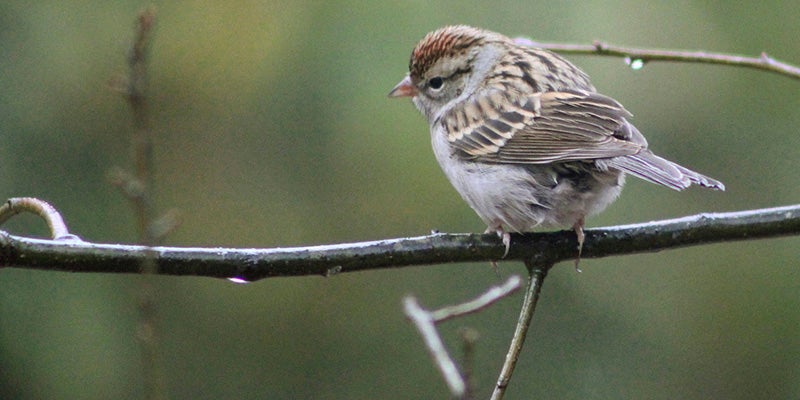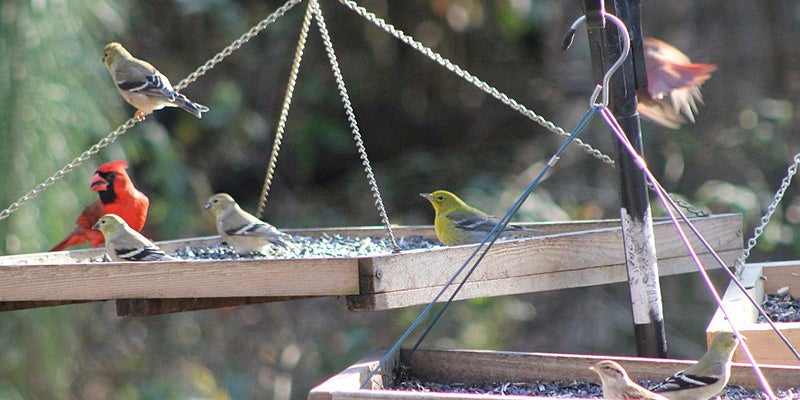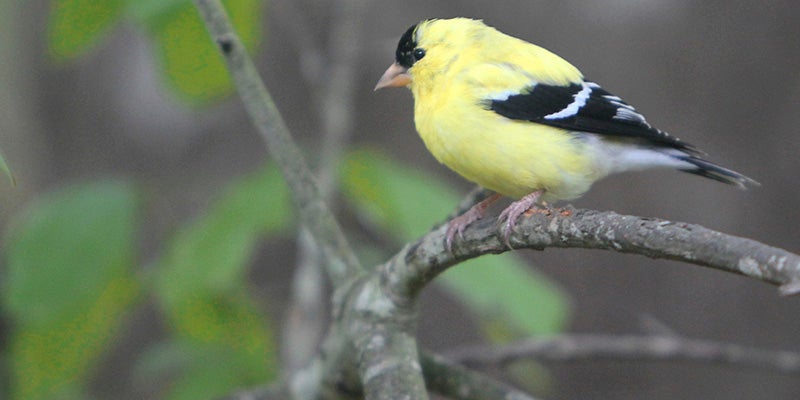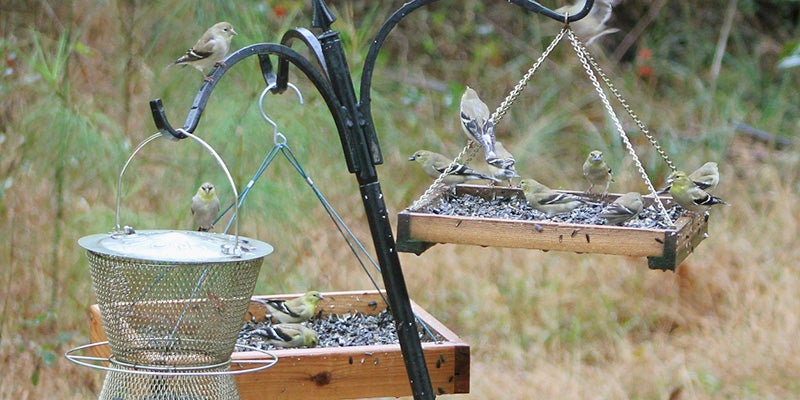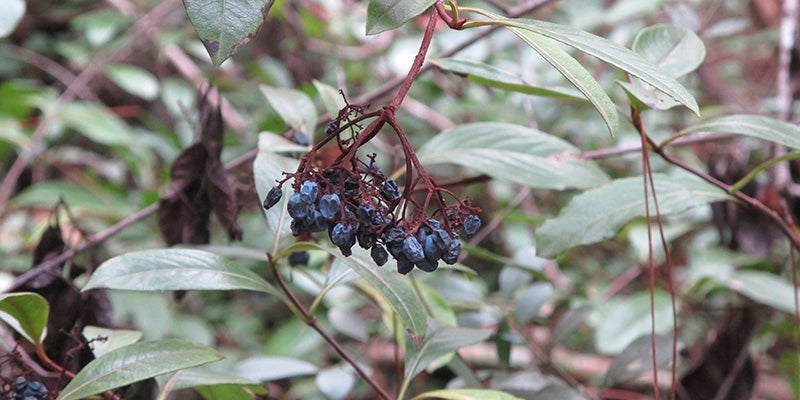Native plants for your landscape that will attract birds
Published 7:00 am Wednesday, July 29, 2020
By Patricia Drackett
Director of the Crosby Arboretum
Are you the kind of person who likes to feed the birds, and enjoys observing them from your window? If you like to garden and also keep a bird feeder continually stocked with seed, you may want to consider installing some outstanding native plants that will not only provide food for birds but will be attractive additions to your home landscape.
Native shrubs and trees can also provide birds with shelter during bad weather, places to build nests and raise their young, and protection from predators. And more than just the obvious food that these plants produce – seeds, fruits, berries, and nuts – they attract another important source of food through the insects that are attracted to them.
What do you think one of the delicacies baby birds are happy to see their parents arriving with for breakfast? Yes, caterpillars are tasty food for young birds, and some trees are more attractive than others to the caterpillars of moths and butterflies that lay their eggs on the leaves. Once the tiny caterpillars hatch, their food source is right there waiting for them.
Trees such as oaks, cherries, and willows attract a high number of Lepidoptera (butterfly and moth) species. Shrubs such as Viburnum or Vaccinium (blueberry) will also attract a variety of butterflies and moths. Dr. Doug Tallamy, an entomologist at the University of Delaware and a well-known author who promotes awareness of the plant-insect connection in his writing, conducted a lecture for the Crosby Arboretum several years ago.
Dr. Tallamy told his audience that small acts, such as planting one tree with a high attractiveness to insects, could have a huge payoff in the contribution made toward a landscape’s productivity – in other words, increasing your yard’s biodiversity. He urged homeowners to consider the wildlife value of the species they choose to plant. Rather than planting a non-native tree that will support very few insects, choose to plant the specific native tree species such as oaks, maples, river birch, or hickories, which can support hundreds of different insect species.
The Extension Service website (http://extension.msstate.edu/) offers a wide range of gardening information specific to our state to help you design bird-friendly landscapes. “Attracting Birds to Mississippi Gardens” by former Crosby Arboretum site director Bob Brzuszek, contains tips for landscaping to support birds and includes lists of plants with high wildlife value.
Extension publication 2402 on “Establishing a Backyard Wildlife Habitat” is an informative 28-page handbook which can be read or downloaded from the Extension website. It outlines the basic needs of wildlife and how to provide them. For example, plant a diversity of “layers” in your yard – plants of all heights and forms – to offer wildlife a wide selection of habitats to live and breed within.
Black gum, green ash, hackberry, sweetgum, hawthorns, Grancy graybeard, southern crabapple, persimmon, and sweetbay magnolia are but a few of the native trees you can plant that are not only attractive but are useful to local bird species. Red buckeye, American beautyberry and hollies are shrubs with high wildlife value. Coral honeysuckle, blackberries, and a host of native perennials and grasses will not only please you but will entice local birds to your garden.
Extension Publication 2402 is a valuable guide to creating a wildlife-friendly yard. It contains lists of plants that are attractive to birds, hummingbirds, butterflies and other wildlife. Enter the keywords “birds” and “backyard wildlife” in the search engine on the website’s home page to find more articles and information about Mississippi’s native plant species to consider when designing your bird or wildlife garden.
You will find several tables on our Visitor Center deck with plants for sale. We are excited to have some Catalpa trees we have grown from seed in response to the inquiries we have had about this tree at our plant sales. Catalpa is called the “worm tree” by the fishermen who use the sphinx moth caterpillars that eat the leaves of this species for their fishing bait.
In keeping with the Arboretum’s goal to produce high-performing, low-maintenance, and useful native species, in the coming months we plan to offer more plants attractive to birds and wildlife. We will have information sheets with profiles of each plant’s preferred light and moisture conditions, and notes on their usefulness, such as whether they attract hummingbirds, butterflies, or other wildlife, as well as tips for locating them in your landscape.
For information on the Arboretum visit www.crosbyarboretum.msstate.edu<http://www.crosbyarboretum.msstate.edu>. The garden is open Wednesday through Sunday from 9 a.m. to 5 p.m. and located in Picayune, off I-59, Exit 4, at 370 Ridge Road.


